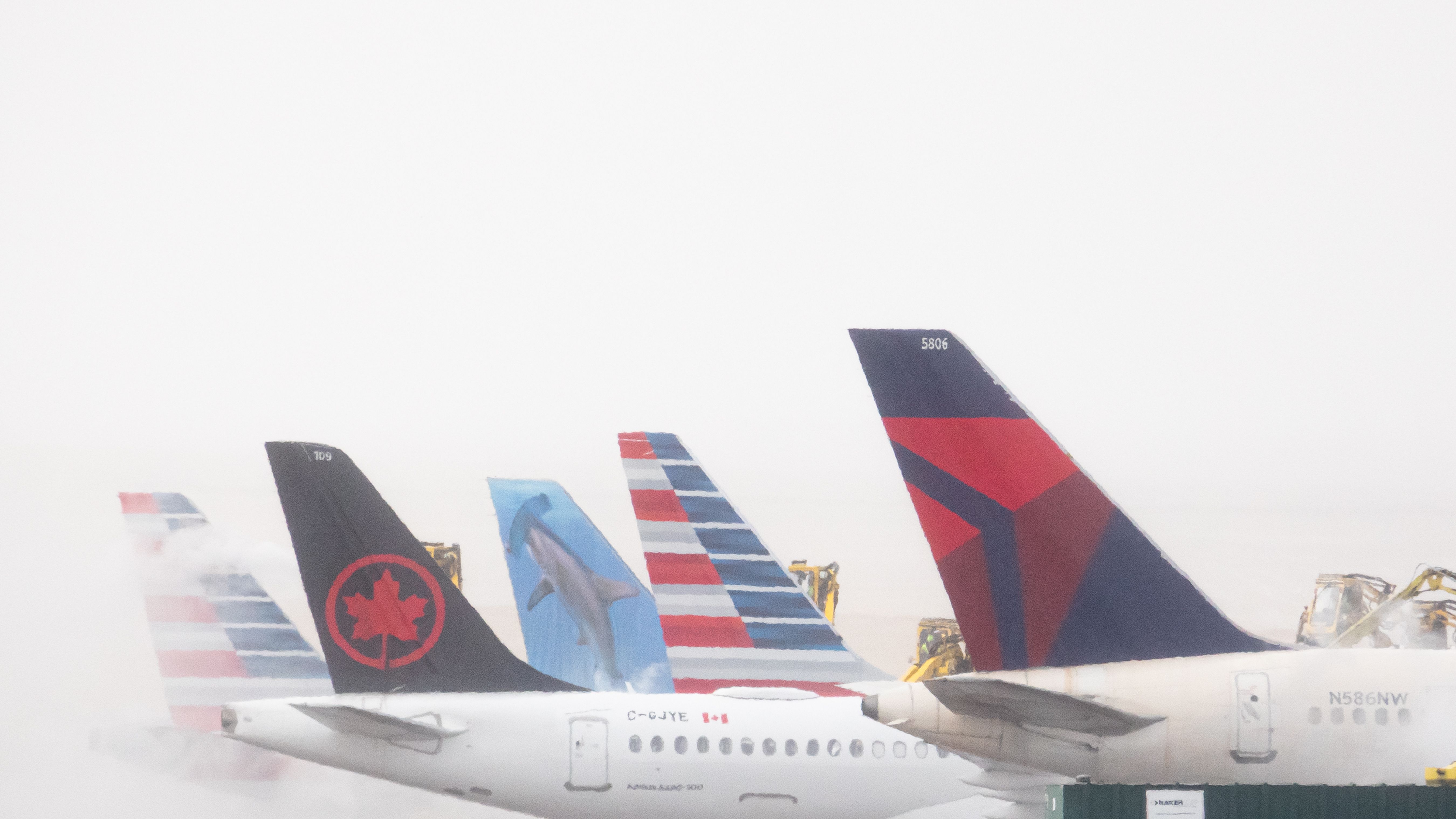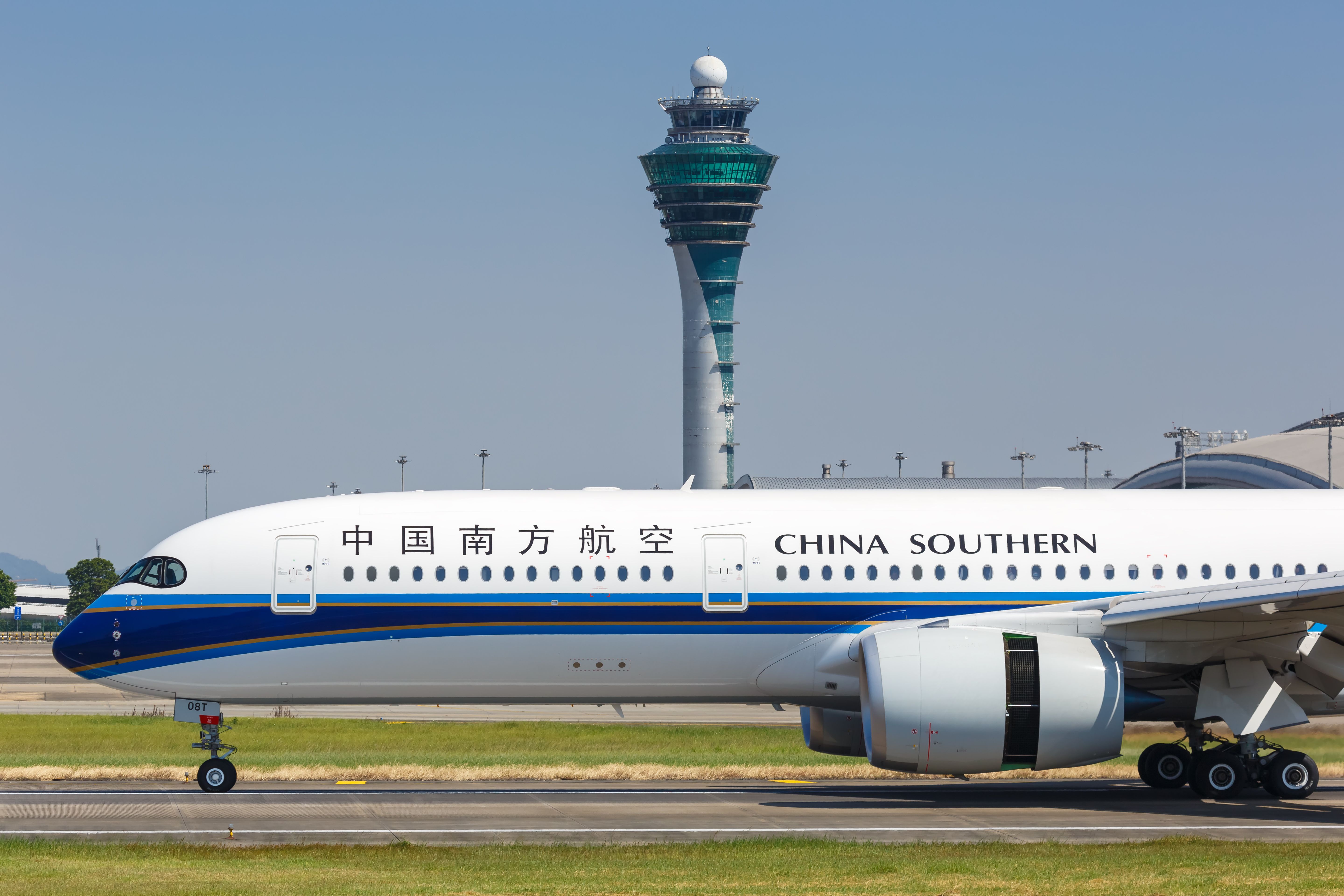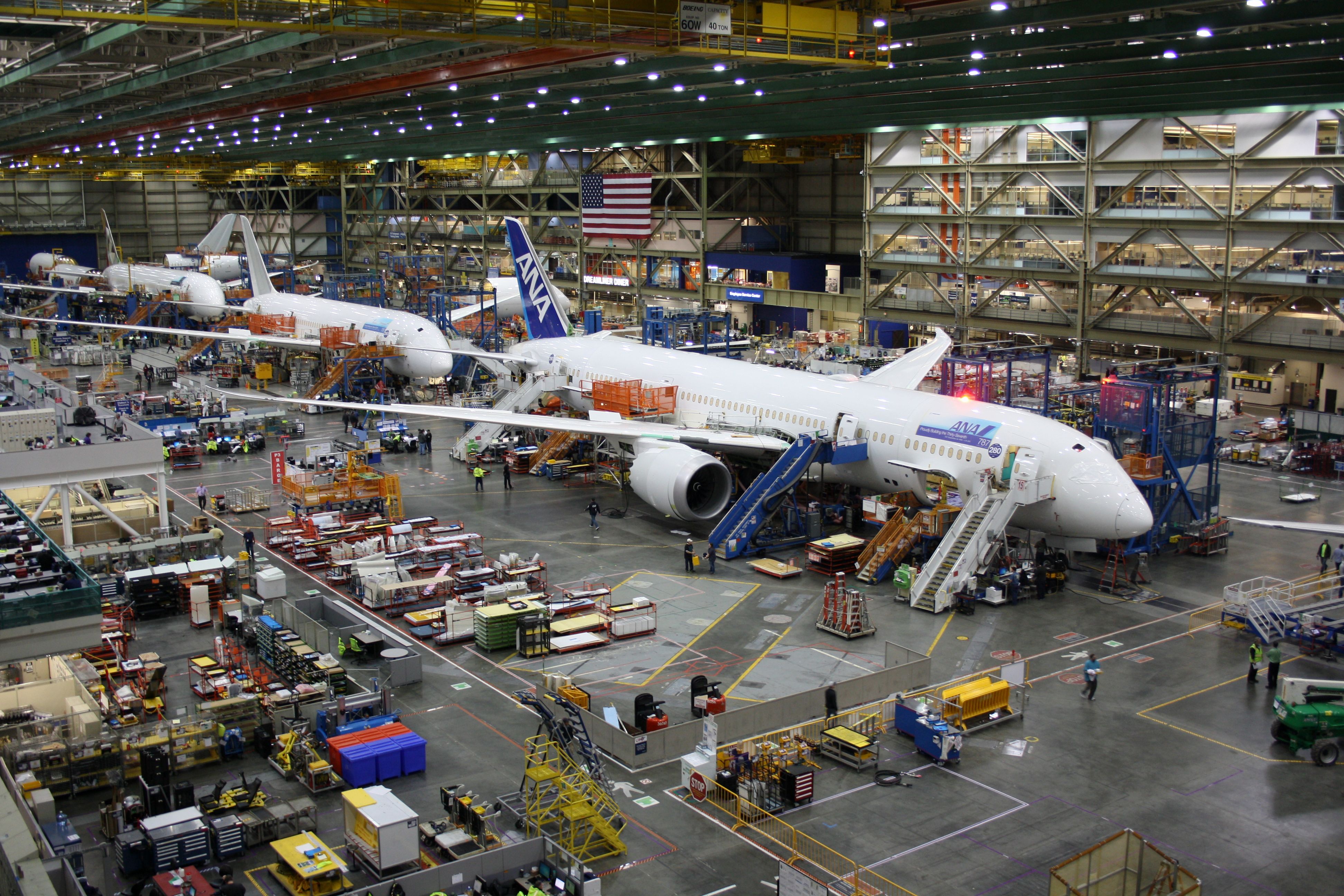As the first month of this year sweeps under our feet, the global aviation industry still has plenty of things to look out for in the remaining 11 months. Although the industry is expected to recover near or past pre-pandemic levels this year, volatile factors continue to provide obstacles that could prove challenging to conquer.
But what if the aviation industry is unable to overcome these obstacles? And even if it does, what changes can be expected, and how would it affect airlines, airports, or passengers? Without further ado and in no particular order, let's dive into the possible trends that could shape the aviation industry this year.
1 Demand will remain strong
The demand for air travel underwent a significant surge last year as restrictions for most of the world were lifted. Airlines could ramp up their schedules to inch closer to recovering to pre-pandemic capacity levels. As China reopened earlier this year, the demand will once again surge past last year's traffic levels, and worldwide capacities are likely to exceed pre-pandemic levels.
And although the same challenges presented to airlines and airports last year - such as labor shortages and rising fuel prices, still linger into this year and are paired with higher inflation markers, it's likely that the aviation industry will also be able to fly through these turbulent factors for an even stronger year.
2 Limited by supply chain constraints
However, airlines might have a more challenging time flying through turbulent conditions this year than last. No doubt airlines will want to increase capacities by having new aircraft in their fleets, but the past year has seen plenty of supply chain disruptions, a trend that will unfortunately follow this year.
The global supply chain challenges will certainly hinder aircraft manufacturers' production rate as it did last year when engines were short on supply and other parts weren't readily available. While aircraft manufacturers are likely to struggle when meeting delivery expectations, airlines will be stuck with stagnant capacity.
Want answers to more key questions in aviation? Check out the rest of our guides here.
3 Aircraft lease rates will soar
But despite aircraft production and deliveries feeling the strain, airlines still have other options for fleet enhancements, specifically through aircraft lessors. While airlines have minimized their owned fleets by about 4% during the pandemic, aircraft lessors have grown theirs by more than 15%, managing more than 50% of the worldwide passenger aircraft fleet by value.
And during the pandemic, airlines have learned that lead times for leased aircraft are shorter than getting a new aircraft from the manufacturers. This means that the demand for leased aircraft will be high, and aircraft lessors have the flexibility to raise rate prices. Given how inflation is hitting the aircraft leasing industry just as hard, aircraft lease rates are expected to soar as lessors look to cover capital funding.
4 Data gets bigger within airports
Airports saw many operational disruptions in 2022 after becoming unprepared for the demand surges, with some airports resorting to implementing capacity restrictions as they struggled to maintain efficient operations. Situations improved through the increased use of data-driven algorithms and Artificial Intelligence (AI) for enhanced resource management.
Data is more easily captured through everyday scenarios, and more accurate 'what if' situations are being artificially created for airports to be better prepared for disruption management. As data proves king within airports, its presence and use will likely be even more significant this year as airport management will invest more in advanced technologies.
Get the latest aviation news straight to your inbox: Sign up for our newsletters today.
5 Increased focus on Sustainable Aviation Fuels
Finally, as the aviation industry inches another year closer to net-zero carbon emissions, sustainability efforts have been subtly increasing. Besides the more straightforward options of fleet renewals - which see airlines swapping out their aged aircraft for newer, more fuel-efficient jets, the use of Sustainable Aviation Fuels (SAF) has also been on the subtle increase.
Last year saw SAF production tripling, but still representing only about 1% of what is being hoped to be produced in 2030. With more airlines looking toward long-term use of SAF, this year could see the aviation industry looking at new or expanded possibilities of increasing production and further introducing such biofuels.
What do you think of these trends? Tell us in the comments below.




